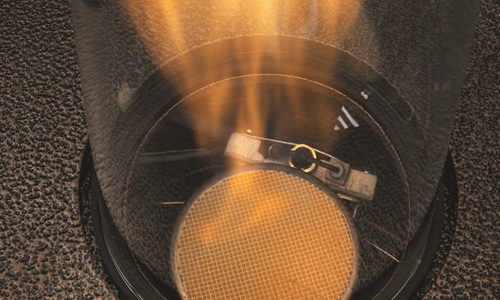Gas Heating and Safety
5 minute read |

Gas heating is a popular choice for many households due to its efficiency and cost-effectiveness. However, it's important to understand the safety aspects and environmental impact of using gas heaters. There are several myths surrounding gas heating that can lead to confusion.
One common misconception is that gas heaters are unsafe. In reality, most gas tanks are designed to be puncture-resistant, which reduces the risk of leaks. As long as you install and use the unit correctly, gas heating can be very safe. Additionally, propane has a low flammability rating compared to other fuels, making it one of the safer options available.
Propane also has a distinct smell, which helps in detecting leaks quickly. If you notice a strong odor or see smoke when you first turn on an oil-filled heater, it’s usually temporary and should clear up after a few minutes. Always look for safety features like overheat protection and a tip-over switch when choosing a heater.
Both gas and oil heaters emit some carbon monoxide, so proper ventilation is essential. It's best to use these heaters outdoors to avoid indoor buildup. Many people are concerned about the environmental impact of gas heating, but the truth is that propane burns cleaner than many other fuels. It produces fewer greenhouse gases and doesn’t contain harmful substances like lead or sulfur.
Oil-filled heaters are non-toxic and biodegradable, making them an eco-friendly option when used properly. While initial costs may be higher, gas heating can save money in the long run. Maintenance is generally inexpensive, and propane tends to be more affordable than traditional heating oil. Prices may fluctuate based on fuel type, but propane often offers better value over time.
Propane Gas Heaters
Propane is a byproduct of natural gas processing and petroleum refining. It’s also known as LP gas and contains small amounts of propylene and butylene. An odorant is added to help detect leaks, making it easier to identify potential issues. With about 91,500 BTUs per gallon, propane is a highly efficient heating source that leaves a smaller carbon footprint than other fuels.
Propane heaters are versatile and can be used year-round. They’re perfect for patios, outdoor spaces, and even indoor areas with proper ventilation. Portable models are easy to move and don’t require installation. Some popular types include tabletop patio heaters, portable space heaters, and tank-top infrared heaters.
Tabletop Patio Heaters
These compact heaters are ideal for small spaces like patios or decks. They typically warm a 20-foot radius and blend well with outdoor decor. Their portability makes them a great choice for those who want flexibility without sacrificing comfort.
Portable Gas-Fired Space Heaters
These units are commonly fueled by kerosene or heating oil and can heat large areas, depending on their size and BTU output. The higher the BTU rating, the more space the heater can effectively warm. They’re perfect for garages, workshops, or large rooms where central heating isn’t practical.
Tank-Top Propane and Infrared Heaters
Infrared heaters are a popular choice because they provide instant warmth, similar to sunlight. Tank-top propane models are effective for larger spaces and offer a quick way to warm up a specific area. These heaters are especially useful during colder months or in areas where traditional heating isn’t sufficient.
If you're considering gas heating, it's important to choose the right type for your needs. Whether you're looking for an eco-friendly option, cost-effective solution, or just extra warmth during the winter, there's a gas heater that fits your lifestyle. Always prioritize safety, follow manufacturer guidelines, and ensure proper ventilation to enjoy the benefits of gas heating safely.
Want more information? Have a question? Contact us today, and we will be happy to help!
Submersible Pump Type Fuel Dispenser
Eight Hoses Submersible Pump Type Fuel Dispenser ,Eight Hoses Four Products Fuel Dispenser,Gasoline Eight Hoses Fuel Dispenser,Diesel Eight Hoses Fuel Dispenser
Henan Wenjia Energy Technology Co., Ltd , https://www.hnwjny.com